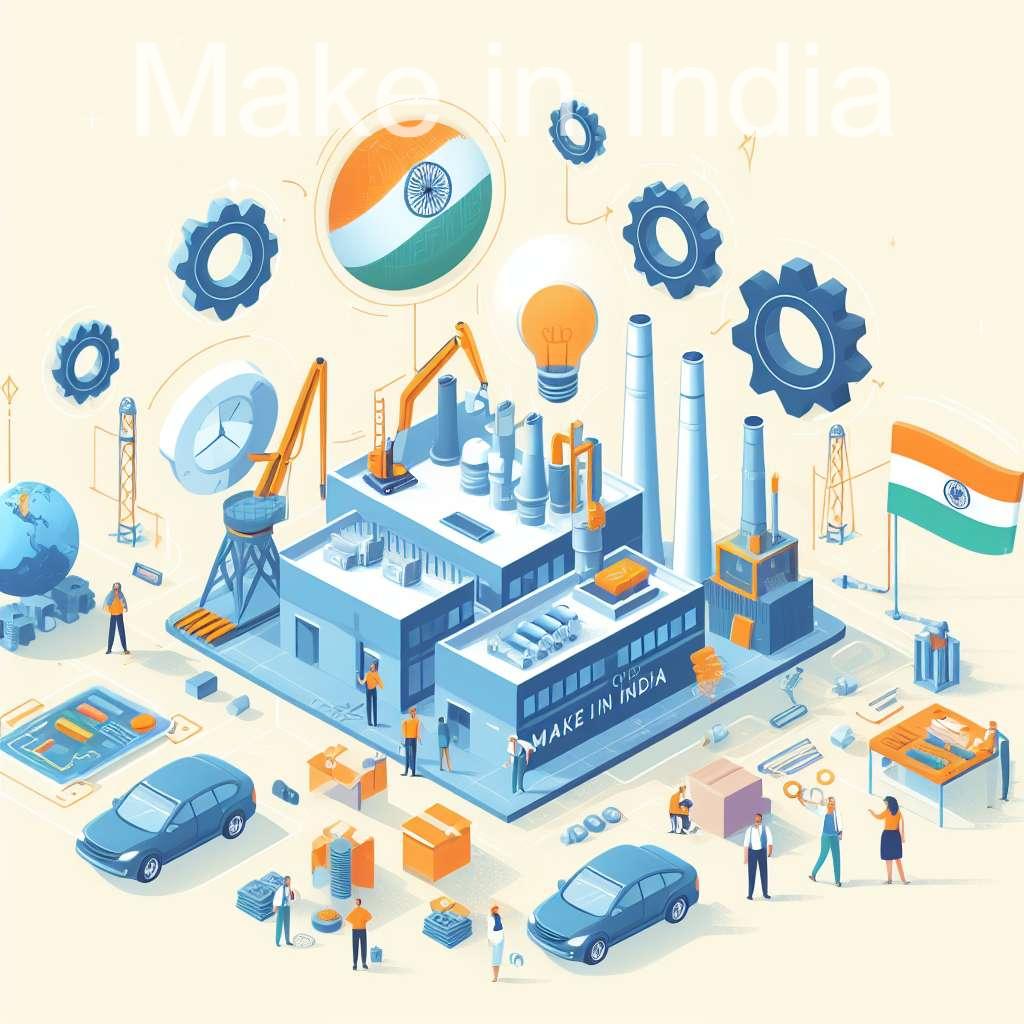Make in India: Manufacturing Advantages in Raw Materials, Workforce, and Market
The “Make in India” initiative presents compelling advantages for setting up a manufacturing unit in India. Three key benefits stand out: access to raw materials, a skilled workforce, and a large domestic market. Let’s delve deeper into each:

1. Access to Raw Materials:
- Rich resource base: India possesses a vast natural resource endowment, including minerals, metals, agricultural produce, and energy sources like coal and renewable forms. This reduces dependence on imports and ensures lower input costs for manufacturers.
- Strategic location: Situated in close proximity to resource-rich countries like Nepal, Myanmar, and Bhutan, India enjoys access to additional sources of raw materials, facilitating regional sourcing and trade agreements.
- Government initiatives: The government has prioritized resource exploration and extraction, aiming to make India self-sufficient in key materials. Incentives and supportive policies further streamline access for manufacturers.
2. Skilled Workforce:
- Large talent pool: India boasts the second-largest population globally, with a young and dynamic workforce. This translates to an ample pool of potential employees across various skill levels.
- Focus on skill development: Government initiatives like “Skill India” and partnerships with industry leaders are bridging the skill gap and creating a workforce equipped with relevant technical and vocational skills.
- Cost-competitiveness: Compared to some developed countries, the cost of skilled labor in India is significantly lower, providing a cost advantage for manufacturers.
3. Large Domestic Market:

- Consumer base: India’s rapidly growing middle class creates a sizable domestic market for a wide range of manufactured goods. This allows companies to leverage economies of scale and cater to a diverse and growing consumer base.
- Rising disposable income: Increased disposable income translates to higher consumer spending, further boosting the demand for manufactured goods.
- Focus on domestic manufacturing: “Make in India” prioritizes domestic production over imports, encouraging consumers to choose locally made products, creating a favorable market environment for manufacturers.
However, it’s essential to acknowledge that these advantages exist alongside challenges. Accessing specific raw materials, finding the right skilled talent, and navigating the nuances of the domestic market might require careful planning and strategic partnerships.
In conclusion, setting up a manufacturing unit in India under “Make in India” offers significant advantages. The abundant raw materials, skilled workforce, and large domestic market present a unique combination for success. By acknowledging the challenges and navigating them strategically, manufacturers can leverage these advantages to establish a strong foothold in the Indian market and reap the benefits of a vibrant and growing economy.